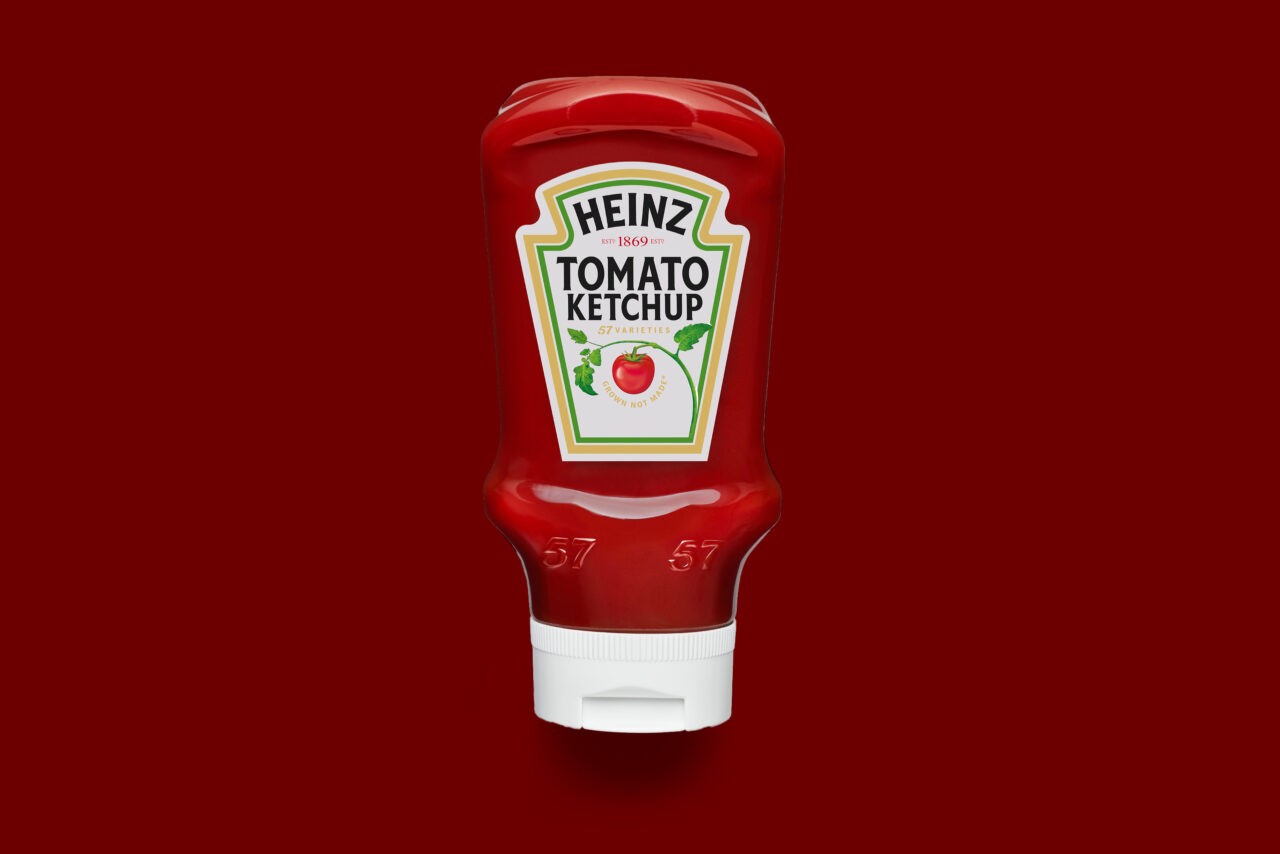US food giant The Kraft Heinz Company has launched a new closure in the UK for squeeze bottles of its Heinz brand of tomato ketchup. The innovative closure is made of mono-material and is completely recyclable. Replacing the silicone previously used without compromising functionality is no easy task. The fact that Heinz has mastered the challenges proves the innovative strength of our industry. And it shows that progress often comes in many smaller, individual steps.
Closures have so far often proved to be a sticking point and bottleneck for the recycling of bottles and tubes. Especially in the case of squeeze bottles, which dispense their contents by exerting pressure on the bottle body, silicone has been used in most cases up to now.
Silicone
Silicone ensures that the cap’s “valve” is flexible and that the bottle’s contents can be removed by consumers easily and at the same time in a controlled manner. From an environmental and recycling perspective, however, silicone has disadvantages.
- Chemically, silicone is a hybrid between organic polymers (plastics) and inorganic silicates, and therefore has properties of both plastic and artificial rubber.
- One of the starting materials for silicone is silicon, the production of which from quartz sand or quartz gravel is very energy-intensive. The finely ground, pure silicon is then reacted with chloromethane to produce so-called chloromethylsilanes, which are the starting materials for all silicone products. However, chloromethane is not an unproblematic substance.
- Although silicone can theoretically be recycled, this always involves down-cycling. In addition, silicone recycling is virtually non-existent in practice, so that the corresponding products end up in thermal recycling or landfills, depending on the given infrastructure.
The new closure
Heinz has now developed a new closure for its squeeze ketchup bottle caps that no longer requires silicone. The new closure
- is made of mono-material,
- is fully recyclable,
- required eight years of research and development with more than 185,000 man-hours and a $1.2 million investment, according to the company.
Small step toward a big goal
The new squeeze bottle cap is part of Heinz’s goal to reduce virgin plastic consumption by 20 percent by 2030 and to make all packaging recyclable, reusable or compostable by 2025.
Small steps also help, especially when they address packaging components that were previously difficult to implement. The fact that “little things make a mess” becomes clear when you consider that Heinz sold one billion squeeze bottles worldwide in 2020.
Jojo de Noronha, President Kraft Heinz Northern Europe, is therefore right to say that this is only a small change, but one that has great potential impact. Because now it is possible to recycle the entire squeeze bottle.
Conclusion
Innovations in the area of sustainability must take place on many levels. It is not always necessarily a question of the really big thing. On the contrary, much takes place in the details. Progress is only sometimes the big leap and much more often a series of smaller steps.
Heinz’s new closure is a good step in the right direction. It is encouraging that this detail has been taken care of despite all the challenges. Its success is not least proof of how pronounced the innovative power of our industry is.

